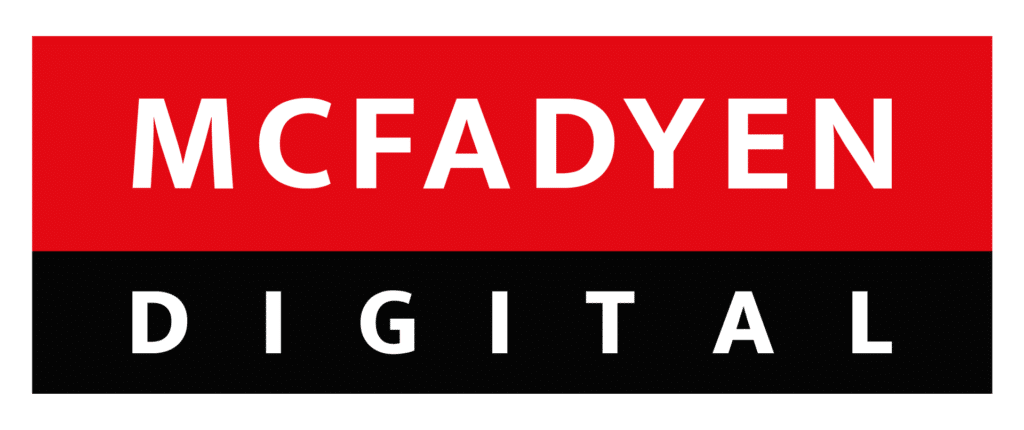
The B2B ecommerce market is estimated to reach $6.7 trillion by 2020. The key challenge with innovation in B2B commerce operations is that their leviathan complexity that prevents manufacturers and distributors from tapping the markets full potential. More importantly, it prevents them from innovating on the customer experience with the same speed and agility as B2C brands.
Enter subscription commerce. As B2B markets scale up, subscription commerce is being seen as the future of digital commerce. The B2B trends are clear as new business models such as thing commerce and enterprise marketplaces are becoming new sources of revenue. The key trend in the B2B market is that one-time product sales are being transformed into ongoing service relations. Market players are now becoming marketplace operators who facilitate transactions among customers and third-party sellers.
 Subscriptions are the B2B Future
Subscriptions are the B2B Future
The subscription economy is sweeping digital commerce thanks to the platform revolution. In the B2C customer segment, everything from groceries to music and entertainment have led customers to pay for products and services from brands they love on a recurring basis through credit cards and online transfers.
Subscription commerce has fueled the success for Netflix, Spotify, BirchBox and Blue Apron. Now B2B companies are making the right investments in marketplaces driven by subscription models. The customer focus remains the same. A compelling customer experience not only differentiates the offerings of the B2B marketer, but also contributes to their bottom line by increasing conversion and repeat purchases.
A New Level of B2B Customer Relationships
B2B companies are changing their business models to deliver outcome-based solutions for their customers. Even traditional manufacturing industries now sell an outcome to their customers, instead of selling products in discrete transactions. For this reason, subscription commerce enables a company or manufacturer to create a new and direct relationship with customers that was not possible via traditional retail commerce thus far.
For example, Thing commerce is a service where connected machines make purchases on behalf of the human customer by directly taking requests from the customer or inferring demand based on the rules, context and customer preferences to make optimized decisions. Here companies serve customers through machine agents, and often have to transition from product sales to service delivery.
The biggest benefit for B2B companies comes from customer lock-in with the repeatable, predictable revenue. Customers like the convenience and cost saving brought by the model, as well as personalized curation based on their preference. According to Gartner: “Subscription commerce enables the sale of physical products such as fashion, personal care and food, as well as digital products and services such as software, media and video games on a recurring and automatically renewing basis”.
Types of Subscription Models
Companies across the industry spectrum are moving to subscription models to meet consumer preferences. According to James Gagliardi, Chief Product Officer at Digital River, there are three kinds of subscription models:
Prepaid Subscription Model
This is the simplest model and, for most businesses, the easiest to implement. This model is based on a prepaid monthly or annual subscription, with no long term commitment; if the consumer stops paying, they stop receiving the service. Think Netflix. And it works with the broadest range of products and services—everything from software-as-a-service (SaaS) to consumable replenishments or “of-the-month” clubs.
Term-based Contract Subscription
This model offers businesses a higher degree of financial predictability. Here, the customer is committing to a specific term, such as a year or multiple years, but they are billed on a different cycle, often monthly. Satellite TV contracts operate on this model, for example. In some cases, a term-based contract option may be offered alongside a prepaid subscription option, with the consumer receiving a discounted price in return for the term commitment.
Usage-based Billing
As the name suggests, this model involves billing the consumer only for what they use, after the fact—like a utility bill. However, usage-based billing also offers less predictability, for both consumers and for businesses. In part because of this lack of predictability, many businesses today employ usage-based billing only for things like overages or special services on a regular prepaid or term-based subscription. An example might be metering on-demand movie services on top of a regular, monthly cable or satellite TV subscription, where the consumer pays an additional fee for every on-demand movie streamed.
Industry Examples
Here are examples of diverse industries that seeing success in adopting the subscription model. General Motors (GM) has launched a subscription-based concierge service in which users pay a flat fee for on-demand access to Cadillacs, bringing a fresh luxury spin to the world of driving.
Energy management and industrial automation company Schneider Electric is trying a subscription billing system to automatically charge for management services on a monthly basis as opposed to the traditional model where one big sale is monetized and maintenance fees are thereafter charged as needed. Graze, a subscription snack service is a B2C company that has seamlessly crossed over to B2B. Graze now services businesses who keep office snacks in supply – a B2B business component.
Netflix has decimated brick and mortar media rental business, moving the industry almost entirely to a subscription model. Likewise, Adobe has publicly led the charge in the software industry, transitioning away from sales of perpetual licenses of its applications in favor of subscription-based access. In all cases, the customer’s buying experience is enhanced while creating recurring, more predictable, revenue model with – loyal, repeat customers.
According to Gartner, subscription commerce solutions enable an organization to accomplish the following functions:
-Build and model a subscription service with a recurring or consumption-based pricing
-Present subscription alternatives and modifications such as amends, moves, suspensions, terminations, renews and usage holidays
-Manage orders or entitlements along with a record of what the customer has purchased
-Integrate orders or entitlements using ERP, order management, fulfillment and entitlement systems
-Manage directly, or integrate with, the financial management and billing systems that support the financial reporting side of the subscription, including automatic recurring billing.
Into the Future of the Subscription Economy
Industry analyst Forrester Research observes firms are shifting from one-time perpetual sales or fixed monthly subscriptions to consumption models that blend one-time, subscription, and usage-based billing. Consider the three questions if you are making the shift in your company:
-Are subscriptions right for your product or service?
-Does it align with your business strategy?
-Is your business infrastructure subscription-ready?
Subscription-based models are here to stay for three reasons: flexibility, convenience and value. Moreover, subscriptions are the strategic, pragmatic, forward-looking choice if your company can pivot successfully and create new, recurring revenue streams, all while building and extending the relationships they have with their consumers.
Sources:
Gartner Whats Hot in Digital Commerce July 2018
https://multichannelmerchant.com/blog/why-subscriptions-are-the-future-of-b2b/
https://multichannelmerchant.com/blog/is-your-online-business-ready-for-a-subscription-model/
https://www.subbly.co/blog/what-is-subscription-commerce-7-things-you-need-to-know/
–o0o–
Related Articles
Turn Insight Into Impact.
Start Today.




